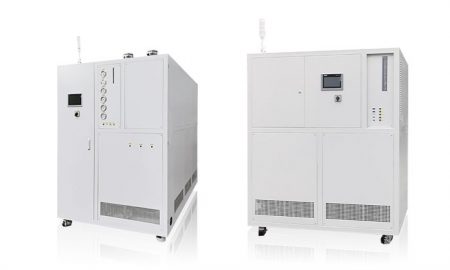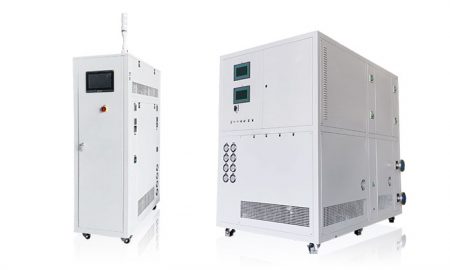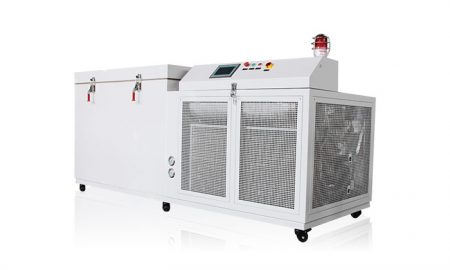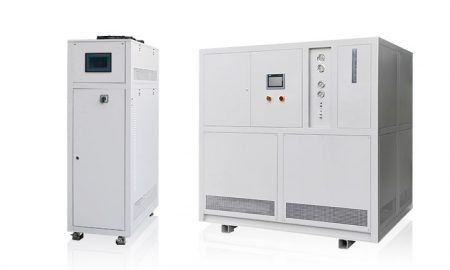Maintenance of Explosion Proof TCU Temperature Control System
The explosion-proof TCU temperature control unit is a device that is often equipped with a reactor for cooling, heating and temperature control. The service life is relatively long, but if it is not properly maintained in the daily use process, it will affect the service life of the equipment. Then, the explosion-proof TCU temperature control unit maintenance Maintenance to pay attention to what matters?
Four precautions for maintenance of explosion-proof TCU temperature control unit:
1. Sun exposure: The structural materials of the explosion-proof TCU temperature control unit are different, and the compressive strength to sunlight exposure will also be different. Therefore, the raw materials for appearance design and manufacture should be considered when purchasing. Generally, SUS304 stainless steel or cold-rolled equipment should be used for the equipment. plate.
2. Temperature: Since the operation of the explosion-proof TCU temperature control unit will generate high temperature, the surrounding temperature will rise, and the intensity of the light and its damage will be increased at this time. Therefore, when the explosion-proof TCU temperature control unit is working, you should grasp the temperature. scope of application.
3. Humidity: Moisture, precipitation, dewdrops, etc. in the environment where the explosion-proof TCU temperature control unit is used are the main reasons for the wetness and coldness of the equipment. The dewdrops generated by the evaporation of water are the key factors for the indoor wetness and coldness. Because the dewdrops stick to the raw materials for a long time, Natural ventilation should be considered during installation, otherwise serious wet and cold digestion and absorption will occur.
4. Sealing: The failure of the seal of the explosion-proof TCU temperature control unit is caused by corrosion, heat loss, wear, installation, operation, etc. After the mechanical seal of the autoclave is removed, the sealing surface is not scratched or worn, so the seal can be excluded. Physical damage to the surface. According to the crystallinity, crystallinity and mechanical seal failure in the sealed cavity, it is preliminarily determined that the transport medium is easy to crystallize and corrosion is the main reason for the seal failure.
Nous sommes un fabricant professionnel d'équipements de contrôle de la température et nous offrons des services personnalisés. nous consulter pour plus de détails !
Plage de contrôle de la température : -150°C à +50°C

Systèmes de contrôle dynamique de la température
Plage de contrôle de la température : -120°C à +350°C

Refroidisseurs pour essais automobiles
Plage de contrôle de la température : -40°C à +100°C

Refroidisseurs pour essais de semi-conducteurs
Plage de contrôle de la température : -85°C à +250°C

Plage de contrôle de la température : -150°C à -10°C
 LNEYA
LNEYA
 简体中文
简体中文


















































































